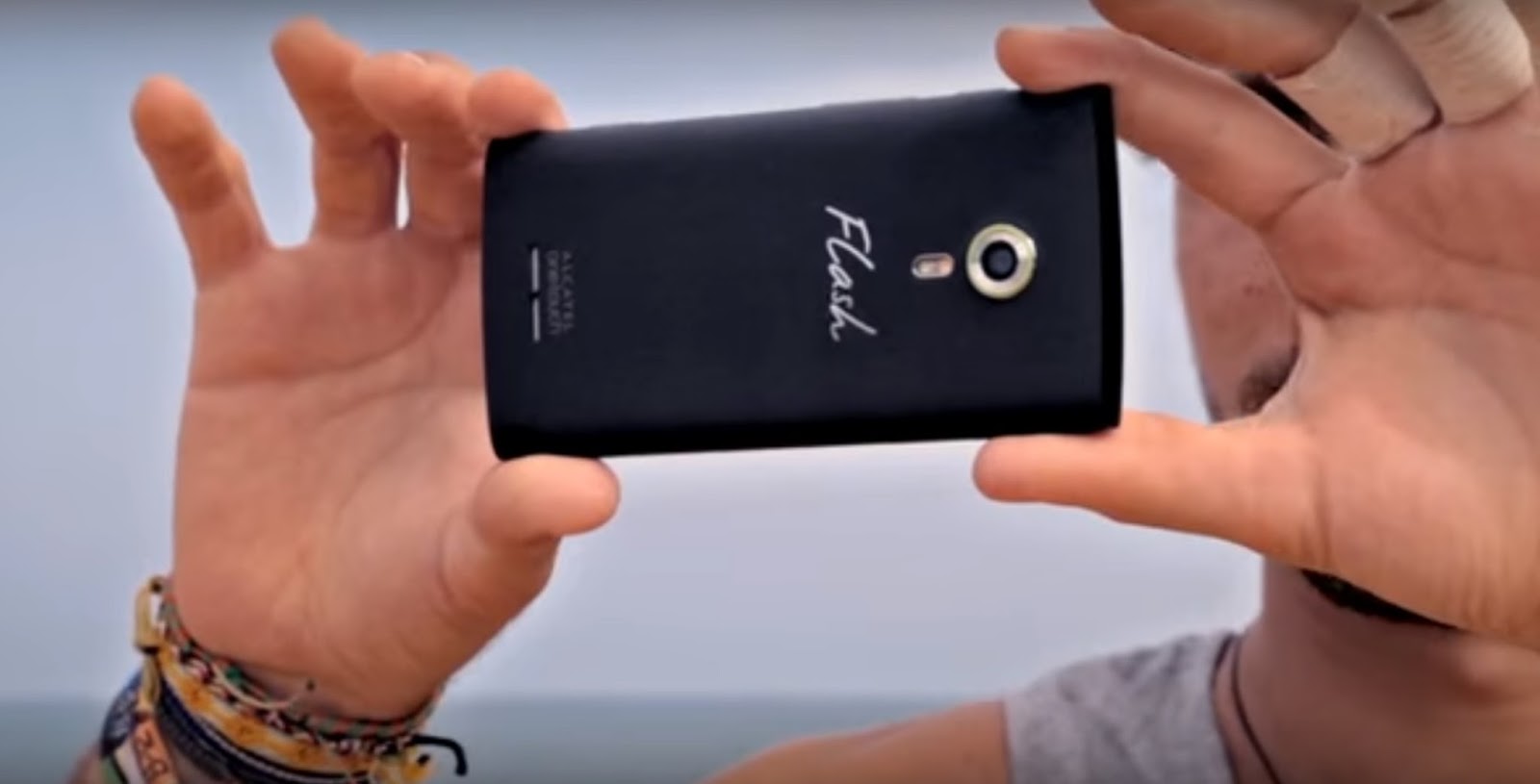Smartphone features upgrade as ‘mobigraphy’ booms

With a good phone, there is no need to buy a camera. In an economy where smartphone ownership and internet usage continue to grow, the number of traditional camera users is seen to decline, according to a Flickr review. In fact, the report added that popular smartphone devices like iPhone took the sweet spots in the most used camera category, leaving traditional cameras in seven other seats of the top 20 list.
This trend is evident in the number of gadgets being shipped in 2014, where more than 1.3 billion smartphones were shipped globally in contrast to the sharp decline of digital camera shipments. It was revealed that only 65 million cameras were shipped in the same year, less than half of the count in 2010.
With the increasing penetration of smartphones and their more and more powerful photography performance, traditional cameras have been marginalized. For consumers, smartphones not only have easy-to-use camera features that are enough for everyday use; this also makes photo-sharing easier and faster.
To meet the demands of these always-on-the-go consumers, many smartphone manufacturers ventured into improving their devices that integrate powerful photography features. This gave rise to ‘mobigraphy’ or mobile photography, the new art of capturing images and editing them—all in one place.
This is the very reason why mobile phone tycoons like Alcatel Flash innovated its products, making it up to par with the modern photography needs of its customers in Southeast Asia. With the rise of mobigraphy, it is now possible to enjoy exceptional camera functions that were once possible in traditional cameras only.
“The truth is, mobigraphy is not just an action. It is a lifestyle,” said Albert Wong, general manager of Mobile Internet Group TCL Communication. “When we launched our Flash series, we put the needs of our customers in mind.”
He continued, “When we released the Flash 2, we made sure that our camera features are much better than what we already have and at the same time, carry optimum accessibility and convenience to the users to shoot their best moments.”

Outstanding mobigraphy features
In September 2015, Alcatel Flash introduced its Flash 2 camera phone packing a 13-MP gSight. rear camera and a 5-MP profile cam front camera. With its outstanding features, Flash 2 has become one of the bestselling smartphones in Southeast Asia where it was sold out in ten minutes after its release.
What triggered the Flash 2’s boom in sales is its best-in-class mobile photography features, allowing users to gain rich and fun photography experiences that complement the lifestyle of people who have the knack for outstanding snapshots.
Flash 2 provides users a handy substitute of unwieldy cameras to quickly capture beautiful sights by virtue of its 13-MP rear camera fitted with Samsung’s advanced ISOCELL sensor technology. This delivers a better image quality and higher color fidelity.
Furthermore, its camera is comprehensively optimized with extensive enhancements for low-light photography such as the RealTone flash that provides more natural supplementary lighting and 4/2.0 aperture allowing in more light.
“This feature enables users to capture scenes and the starlit sky awesomely and easy,” Wong said. “Low-light situations like cloudy days and evenings are usually situations where users are the least confident in mobile photography. But with Flash 2, they no longer have to worry about low-quality shots.”
Flash 2 also uses the latest Phase Detection Auto Focus (PDAF) technology with a focus time as short as 0.3 second to quickly capture moving objects or fleeting sights. Subjects may be captured in seconds by double-pressing the shutter button to start and auto focus instantaneously.
According to Alcatel Flash’s e-commerce director Yogi Babri, the latest Flash 2 version packing an F182 0.28X fisheye lens with a minimum focus distance of 18 mm and MACRO 5X micro-lens of 40mm now allows even stronger mobile photography performance especially in terms of enhancing clarity and controlling blurring.
Lastly, the Flash 2 offers a full range of camera modes including Super Fine, HDR, Panorama, Track, Live Photo, Multi-Angle and Picture-In-Picture features.
Aside from the rear camera, Flash 2 is also equipped with a 5-MP front camera that has a beauty mode and wider 84 degree-angle that fits in more people in one frame.

The future of photography
Photos taken with smartphones are expected to rise to 78.8 percent in 2017, according to the 2015 Mobile Photographer Behavior Analysis Report by Camera360. This only shows that photography is no longer exclusive to professional photographers but also to anyone who carries a smartphone for everyday use.
Wong concluded, “As smartphones increasingly replace traditional cameras and everyone becomes a photographer, the human history of photography has been rewritten and will start a new chapter.”












No comments: